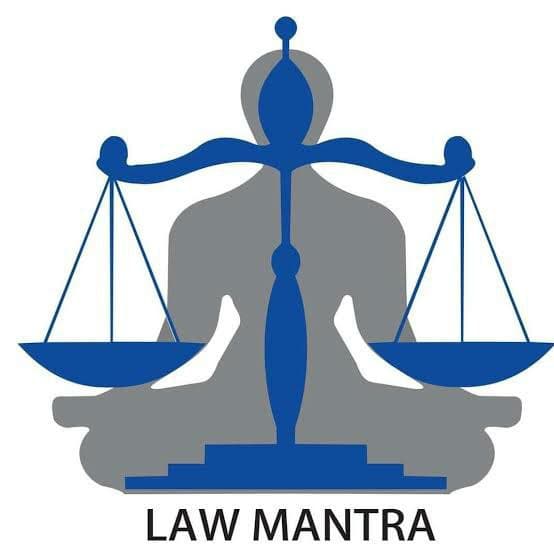The Supreme Court on Thursday issued a notice to Centre on Uttarakhand governor Aziz Qureshi’s plea questioning government’s political and administrative pressure on him to quit.
Supreme Court says this involved interpretation of Article 156(1) of the Constitution and thus has been referred to a 5-judge bench. Court has asked Centre to file response within 6 weeks to governor Aziz Qureshi’s petition. Quereshi questioned the home secretary’s telephonic request to him in which he asked him to quit.
Uttarakhand governor Aziz Qureshi had on Wednesday moved the Supreme Court questioning the Narendra Modi government’s nudge to quit the constitutional post.
Many governors, appointed during the UPA regime, resigned after the NDA government’s message to quit delivered through the home secretary. But Aziz decided to take on the Modi government, questioning the home secretary’s “audacity” in calling him up and asking him to put in his papers.
Aziz’s petition is listed before a bench headed by Chief Justice R M Lodha on Thursday for urgent hearing. In his petition, the Uttarakhand governor termed the home secretary’s telephone call as “rank insubordination” and “audacious”.
He said under Article 156(1) of the Constitution, “the governor shall hold office during the pleasure of the President” and that he would hold office for five years if he continued to enjoy the confidence of the President.
Aziz said if at all someone should ask him to quit, it could only be the President and no one else. The governor, as has been consistently ruled by the Supreme Court, was not an employee of the Union government, he said.
He cited the Supreme Court’s judgment in 2010, when it had decided a petition by BJP MP B P Singhal challenging the UPA government’s 2004 decision to remove Vishnu Kant Shastri (UP), Babu Parmanand (Haryana), Kailashpati Mishra (Gujarat) and Kidarnath Sahni (Goa).
The court in its May 2010 order had said governors were not employees of the Union government to warrant removal on the ground of loss of “confidence” in them.
The Constitution bench said, “While the President need not disclose or inform the cause for his removal to the governor, it is imperative that a cause must exist. If we do not proceed on that premise, it would mean that the President, on the advice of the council of ministers, may make any order which may be manifestly arbitrary or whimsical or mala fide.
“Therefore, while no cause or reason be disclosed or assigned for removal by exercise of such prerogative power, some valid cause should exist for the removal. Therefore, while we do not accept the contention that an order under Article 156 is not justiciable, we accept the contention that no reason need be assigned and no cause need be shown and no notice need be issued to the governor before removing a governor.”
The apex court had said if a governor’s removal was challenged, it would always presume there was a compelling reason for such action. It had said the onus was on the aggrieved person to show that the removal was arbitrary. Only after he established arbitrariness of removal would a court seek records from the government, it had said.
Those who quit after the Modi government took over include B V Wanchoo of Goa, B L Joshi of UP, M K Narayanan of West Bengal and Shekhar Dutt of Chhattisgarh. The President had withdrawn pleasure and sacked Kamala Beniwal after her transfer from Gujarat to Mizoram.
